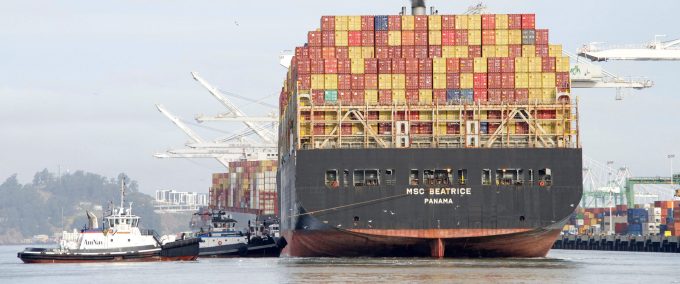New price hikes may slow ocean spot rate slide – but for how long?
Container spot freight rate indices showed some divergence this week, indicating that recent falls in ...

After recording gains across the board last week, the container spot market indices are back to flashing red for the main east-west tradelanes.
It is confirmation that ocean carrier 1 November FAK (freight all kinds) GRIs (general rate increases), from Asia to Europe in particular, have run out of steam and only achieved a small percentage of the ask.
And this also explains why carriers have been obliged to make a final re-set attempt to push ...
Volcanic disruption at Anchorage could hit transpacific airfreight operations
Shippers snap up airfreight capacity to US ahead of tariff deadline
New price hikes may slow ocean spot rate slide – but for how long?
Tighter EU import requirements proving 'a challenge' for forwarders
Forwarders stay cool as US 'liberation day' tariffs threaten 'global trade war'
Supply chain delays expected after earthquake hits Myanmar
Looming Trump tariffs will create 'a bureaucratic monster' for Customs

Comment on this article